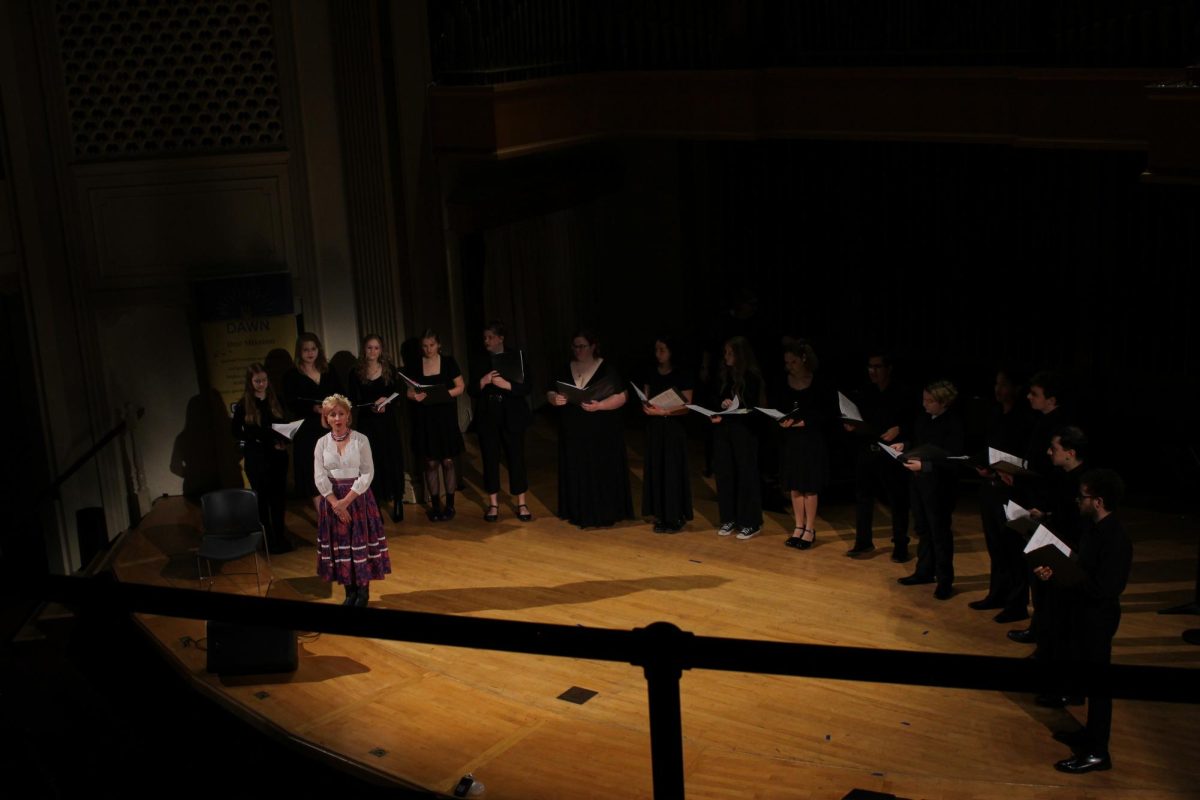Students and their parents are feeling the pressure of rising college expenses and the heavy burden of debt and loans piling up. With loans increasing each year, students find that their debt is becoming too much to deal with after graduation.
Average debt for bachelor’s degree up by half, report shows
Dianne Stafford (MCT)
McClatchy Newspapers
KANSAS CITY, Mo.- The average student debt for bachelor’s degree graduates mushroomed 50 percent from 1996 to 2008, according to a new report.
Over the same time frame, debt for associate-degree graduates grew to twice the amount of their 1996 counterparts.
Analysis of National Center for Education Statistics data by the Pew Research Center’s Social & Demographic Trends Project found that the higher debt loads were driven by three trends:
More students borrowed—60 percent of graduates in 2008, compared to 52 percent of graduates in 1996.
Students borrowed more—2008 bachelor’s degree recipients borrowed an average of $23,000 compared to $17,000 in 1996 (inflation-adjusted to 2008 dollars), and associate degree recipients borrowed an average of $12,600 compared to $7,600.
More students attended for-profit schools that had higher tuition.
The final point indicates loan-repayment difficulty.
The Pew study found that, over the past decade, enrollment in private, for-profit schools outpaced enrollment in public or nonprofit schools and that students enrolled in for-profit schools were more likely to borrow money.
For-profit schools granted 18 percent of all undergraduate degrees in 2008, up from 14 percent in 2003.
The report said one-fourth of for-profit school graduates borrowed more than $40,000, compared with just 5 percent of public school graduates and 14 percent of nonprofit school graduates.
One takeaway from the study:
“Generally, private for-profit school graduates have lower incomes and are older, more likely to be from minority groups, more likely to be female, more likely to be independent of their parents and more likely to have their own dependents,” Pew reported.
“For almost every field of study at every level, students at private for-profit schools are more likely to borrow and tend to borrow larger amounts than students at public and private not-for-profit schools.”
DEGREES OF DEBT
Share of 2008 bachelor’s degree graduates who borrowed more than $30,000:
All schools: 17 percent
Private, for-profit schools: 54 percent
Private, nonprofit schools: 25 percent
Public schools: 12 percent (Source: Pew Research Center).
Average student-loan debt of 2010 graduates up 5.2 percent, tops $25,000
Walter Hamilton (MCT)
Los Angeles Times
You don’t have to be a math major to understand this statistic: The average student-loan debt of last year’s college graduates topped $25,000 _ the first time it’s exceeded that ignominious mark.
Seniors who graduated in 2010 had an average student-loan burden of $25,250, up 5.2 percent from the $24,000 owed by the class of 2009, according to a report by the Project on Student Debt at the Institute for College Access & Success in Oakland.
Some experts had expected a bigger increase in debt given the gloomy economy, but increased financial aid at some schools partially offset the hit for low-income students and those at pricier colleges.
Still, the increased debt load is another challenge for college graduates who already were facing a punishing job market. The unemployment rate for college graduates age 20 to 24 rose to 9.1 percent last year, up from 8.7 percent in 2009 and the highest annual rate on record, according to the nonprofit research organization.
The report is based on data reported voluntarily by more than 1,000 public and private nonprofit four-year colleges. It did not include so-called for-profit colleges.
In California, the average debt load last year was $18,113, with 48 percent of graduating seniors owing money, according to the study.
Students and their families (who will be footing many of the college bills) can get data on average student-loan rates for many schools on the research organization’s website, at projectonstudentdebt.org.






